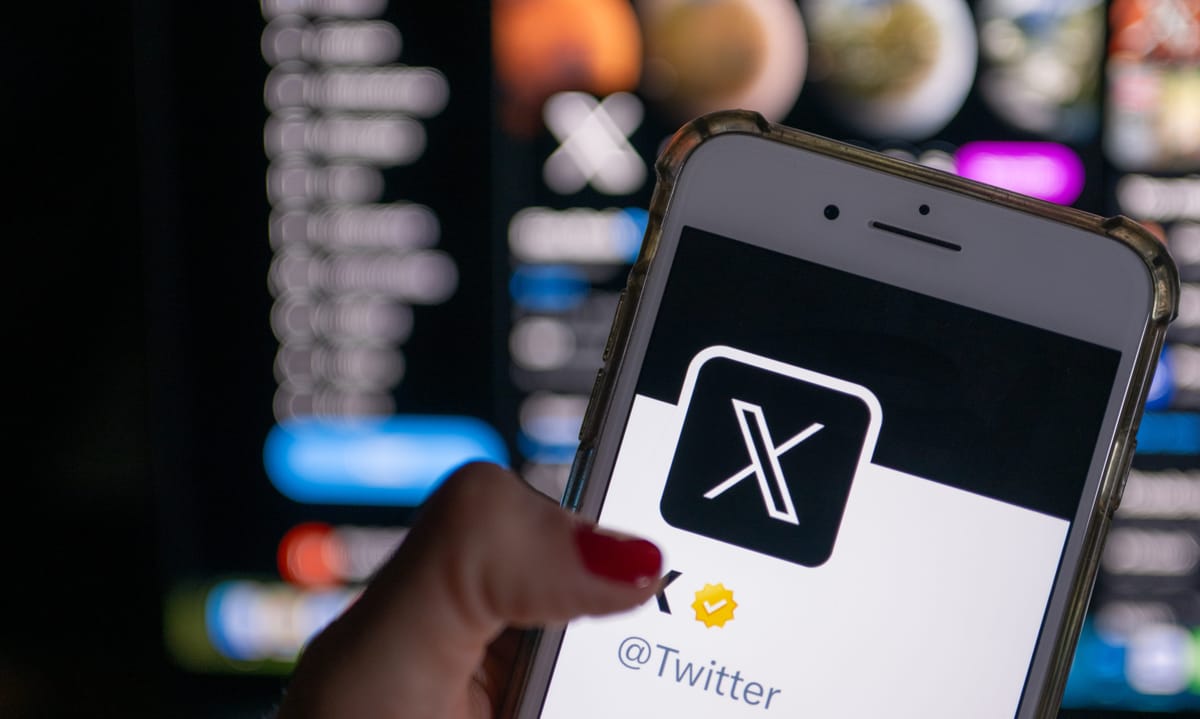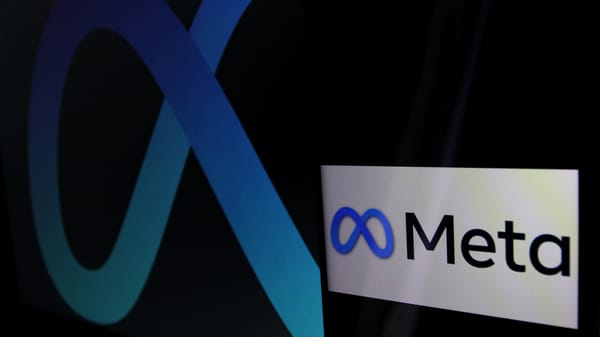Twitter becomes X
RIP Twitter (2007-2023)

On Monday afternoon, a crane rolled up to Twitter’s headquarters on Market Street. The plan was to remove the sign from the historic building’s facade, putting a symbolic end to the company that owner Elon Musk had over the weekend re-branded to X.
In keeping with Musk’s characteristic indifference to authority, none of this had been cleared beforehand with the city. The crane partially blocked the street, confusing passing robo-taxis. The San Francisco Police Department briefly intervened to stop the work in progress, but eventually relented. (“Through their investigation officers were able to determine that no crime was committed, and this incident was not a police matter,” a spokeswoman told me.)
Even those who still remain nostalgic for Twitter 1.0 had reason to be heartened by the demolition. In April, after the company’s landlord reportedly prevented it from changing the sign, Musk painted over its “W.” To countless passersby on Market Street, it has been Titter ever since.
Nine months into Musk’s takeover of the platform, some observers still strive to understand it as a business transaction. “Why rebrand Twitter? It's an incredibly strong brand — even among those who do not use it,” journalist Tom Harwood noted, accurately.
Bloomberg’s Matt Levine had a similar curiosity:
I guess my question is, what was he paying for? Musk didn’t want Twitter for its employees (whom he fired) or its code (which he trashes regularly) or its brand (which he abandoned) or its most dedicated users (whom he is working to drive away); he just wanted an entirely different Twitter-like service. Surely he could have built that for less than $44 billion? Mark Zuckerberg did!
Here’s my answer: this framing misses the true shape of Musk’s project, which is best understood not as a money-making endeavor, but as an extended act of cultural vandalism. Just as he graffitis his 420s and 69s all over corporate filings; and just as he paints over corporate signage and office rooms with his little sex puns; so does he delight in erasing the Twitter that was.
All of this has been clear since at least November, when Musk gleefully mocked a stack of Black Lives Matter T-shirts that he found in a company closet. Yes, Musk regularly issues grandiose pronouncements about how Twitter will someday become a WeChat-style “super app,” ensure the future of civilization, and so on. But at its core, Musk’s misadventure at Twitter has been reactionary: an ideological purge of the employees he saw as “woke” and entitled; a gleeful inversion of industry standards around content moderation; a hollowing out of the free product; and a redistribution of the company’s attention and wealth toward right-wing users.
Viewed through this lens, it’s only natural that Musk would conclude his project by destroying the one aspect of the old Twitter that still remained: its name. And so on Sunday night, before the crane arrived, the company projected its new logo — an apparently off-the-shelf Unicode character — onto the side of the building it currently occupies.
This, too, felt like intentional vandalism: The old Twitter has been vanquished, it seemed to say. X marks the spot.





